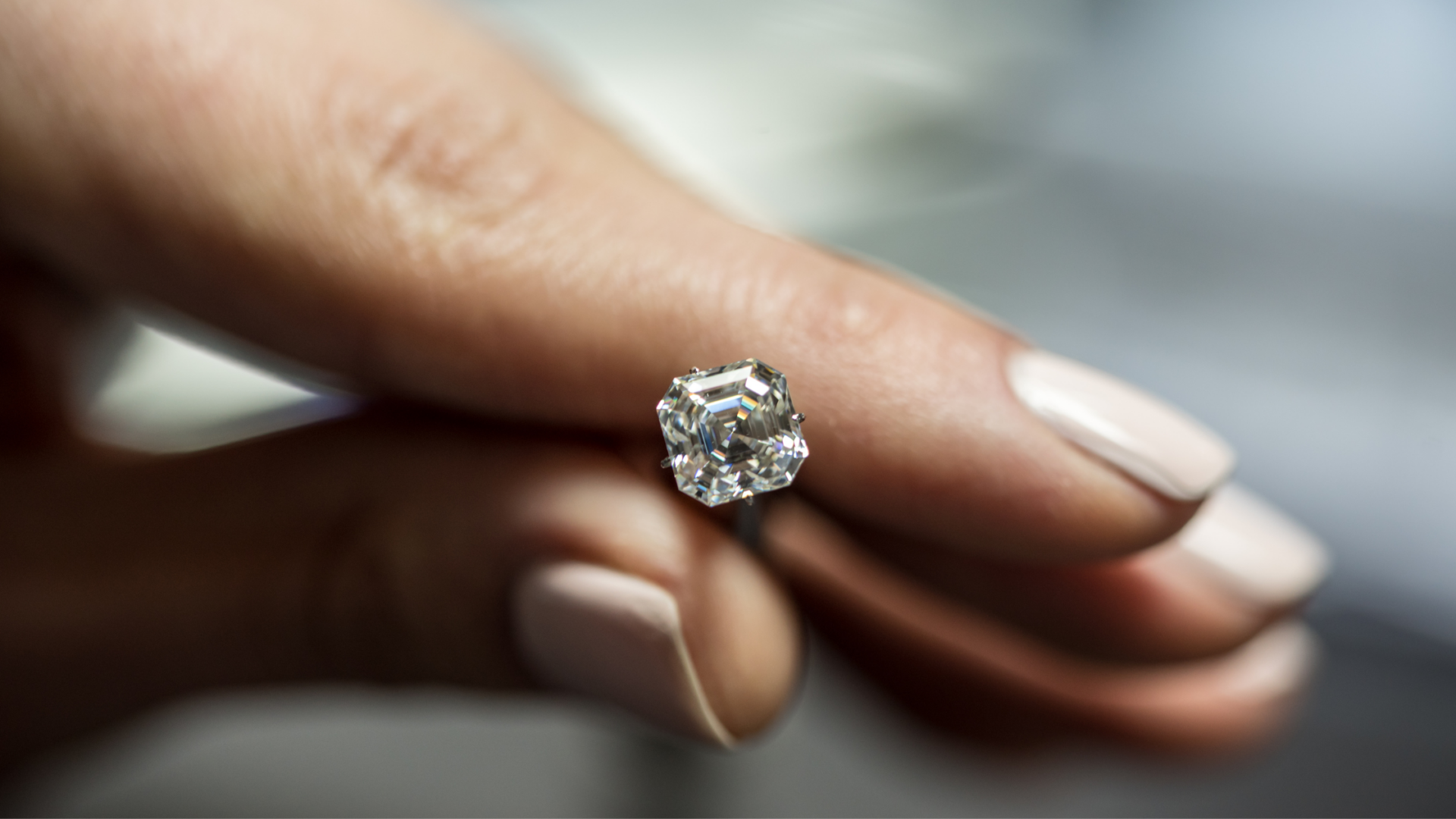Ok, I bought a high quality diamond ring an in July of 2002. It is a .733ct marquee diamond that was free of any defects by the naked eye. Recently, in the last few months the stone has developed some black spots. One is a rather large spot; the other is small but is kinda like a string shaped in a curly-Q.
I spoke with the owner that said that diamond don''t get defects over time. He said that it was from dirt, soap, ect. Getting behind it and that shows the internal markings more. He stated that after a steam cleaning at the store it doesn''t show the defects as much. I have not scene this so I can''t confirm since it''s at the store still. He also said that the outside of the ring looked to be perfect, not damaged from getting knocked around.
The other thing that concerns me is that I don''t have any paperwork for the diamond. The only thing that the store gave me was the receipt that says that it''s a .733 ct marquee diamond. Is it required that I get some paperwork?
Any help would be greatly appreciated.
Tim Althoff
I spoke with the owner that said that diamond don''t get defects over time. He said that it was from dirt, soap, ect. Getting behind it and that shows the internal markings more. He stated that after a steam cleaning at the store it doesn''t show the defects as much. I have not scene this so I can''t confirm since it''s at the store still. He also said that the outside of the ring looked to be perfect, not damaged from getting knocked around.
The other thing that concerns me is that I don''t have any paperwork for the diamond. The only thing that the store gave me was the receipt that says that it''s a .733 ct marquee diamond. Is it required that I get some paperwork?
Any help would be greatly appreciated.
Tim Althoff








300x240.png)